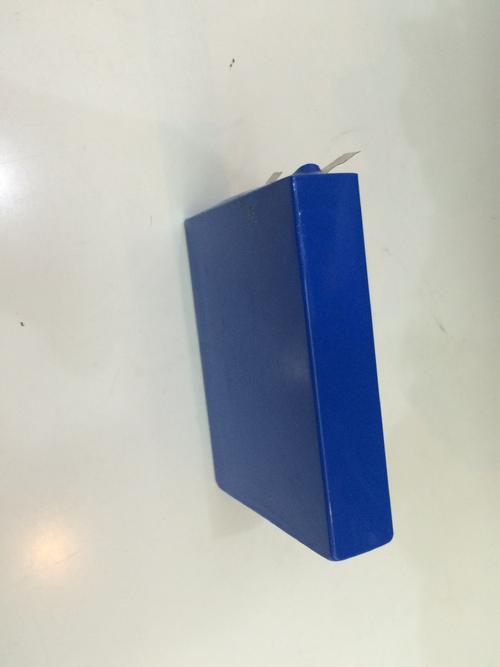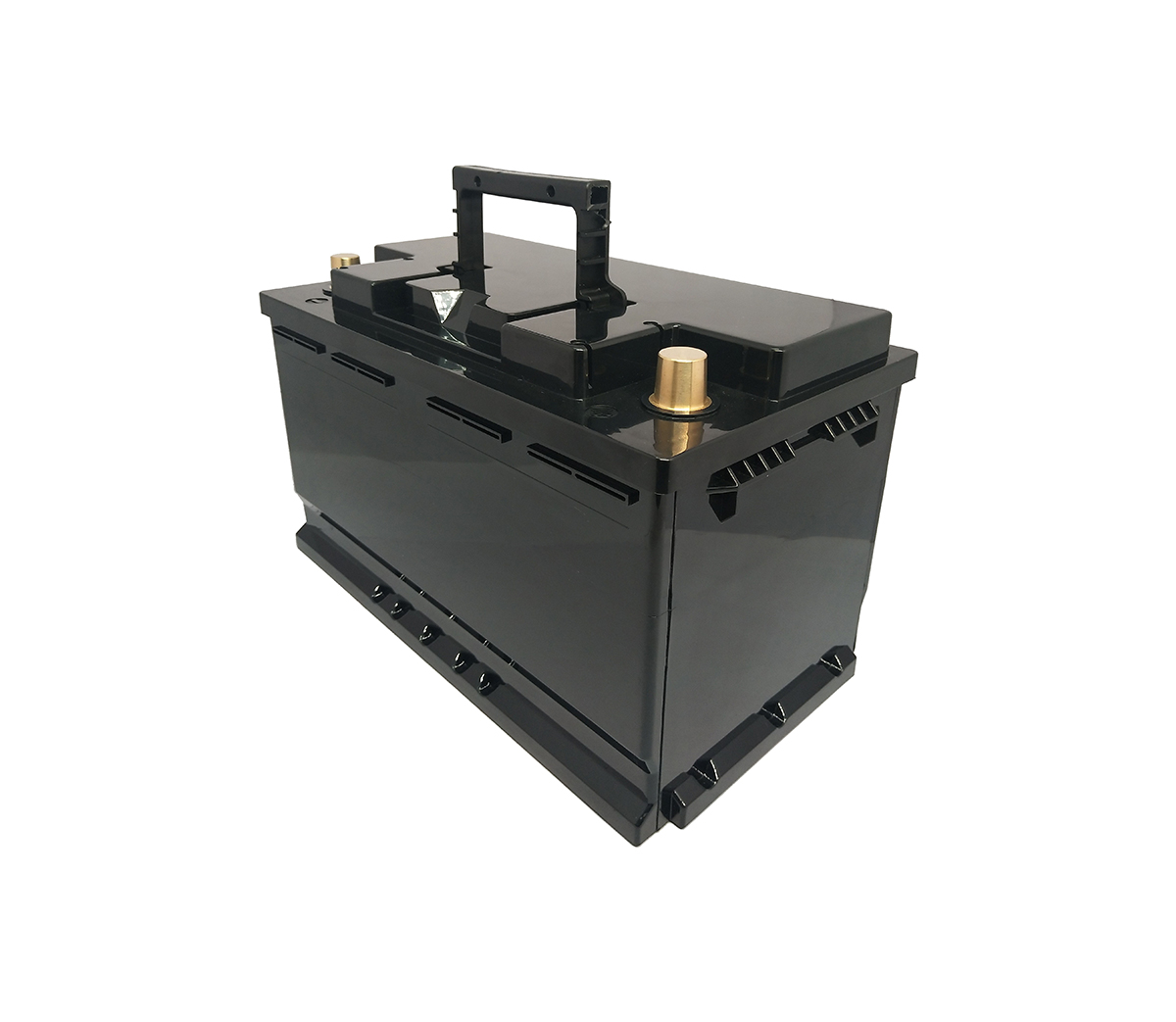
Yasong New Energy's adaptive fast charging technology breaks through the
bottleneck of traditional charging technology, and at the same time breaks the
performance matching relationship between traditional batteries and charging
equipment, bringing fast charging technology to a new level.
The R&D team of Xi’an Yasong New Energy Technology Co., Ltd. took 5
years to develop a new set of fast charging technology from theory. At the end
of 2016, it completed simulation, principle prototype, engineering prototype,
test experiment, patent application and All the preliminary work including the
first-generation technology finalization, has now officially started the
research and development of product prototypes, and its products will be
officially launched on the market this year.
This technology is a set of fast charging technology developed based on the
physical and chemical principles of lithium batteries and lead-acid batteries.
It has a good technical foundation and industry-leading advancement. Its core
involves front-end application technologies such as modern measurement,
information processing, microcomputer process control, and supercapacitor energy
storage. The features of this set of technologies/products are as follows:
rapidity
Rapidity is the first feature of this technology. The first-generation
technology that has been finalized has achieved the charging rate of 2C lithium
batteries and 1C lead-acid batteries, which is the level of half an hour for
lithium batteries and 1 hour for lead-acid batteries. At the same time, the
technical theory can achieve a charging rate of 32C, that is, the charging time
is less than 2 minutes.
In the project, five commercially available fast-charge mobile phone
chargers and second-generation engineering prototypes were used to charge the
same battery for 10 minutes and discharge through the same discharge metering
platform, compare the discharge capacity, and quantitatively evaluate the fast
charging performance of various products and prototypes. Available units Time
(10min) charge amount and charge rate to evaluate fast charge performance.
safety
During the charging process, the battery is not overvoltage, overcurrent,
and overtemperature, and the discharge process is overcharged (≥2C). It is the
basic element to ensure the safety and life of the battery. The system ensures
that the charging process is not overcharged from the hardware design, software
algorithm and control strategy. The fast and safe charging process of low
voltage, large current without exceeding limit, and low temperature rise of the
battery under room temperature conditions, no potential battery safety
hazards.
compatibility
Because the research foundation of this technology is the physical and
chemical principles of lithium batteries and lead-acid batteries, it has
compatible applications for lithium batteries and lead-acid batteries. That is
to say, both lithium batteries and lead-acid batteries can use this technology
for fast charging, and batteries with the same properties and different
capacities can also be compatible. In this way, the technology can effectively
charge more than 95% of power batteries, more than 80% of industrial energy
storage equipment, and 100% of electronic products, and has a wide range of
market applications.
adaptive
This performance refers to the intelligent identification and fast,
efficient, and safe charging capabilities of batteries of different capacities,
different qualities, inefficiencies and even scrapped batteries. It is also a
manifestation of the functions, uses, reliability, and adaptability of charging
equipment. Traditional charging technology cannot charge low-efficiency or even
scrapped lithium batteries. The battery is overvoltage within 1 minute (above
the 4.3V threshold), that is, various current charging devices cannot achieve
adaptive charging. However, the lithium battery still has more than 85% of the
electric capacity available under the inefficient and scrapped state, which
causes a certain degree of waste of resources. This technology and product can
achieve rapid supplementary charging or full charge in the state of inefficient
batteries, indirectly achieving the purpose of extending battery life by about
3-5 times. On the one hand, it saves resources and on the other hand reduces the
cost of battery application projects. Benefits play an important role.



































